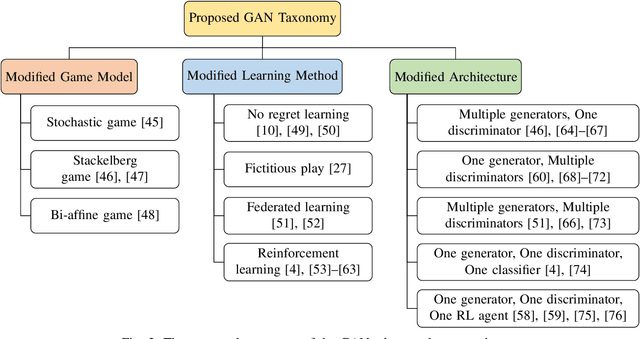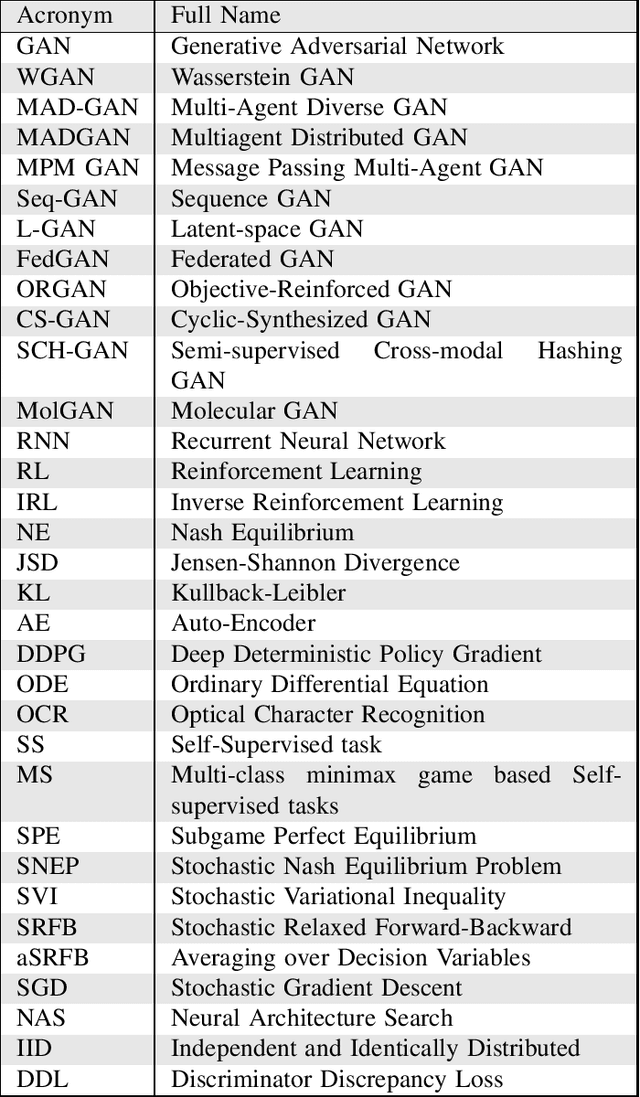Mohammad Jalali
Dissecting CLIP: Decomposition with a Schur Complement-based Approach
Dec 24, 2024Abstract:The use of CLIP embeddings to assess the alignment of samples produced by text-to-image generative models has been extensively explored in the literature. While the widely adopted CLIPScore, derived from the cosine similarity of text and image embeddings, effectively measures the relevance of a generated image, it does not quantify the diversity of images generated by a text-to-image model. In this work, we extend the application of CLIP embeddings to quantify and interpret the intrinsic diversity of text-to-image models, which is responsible for generating diverse images from similar text prompts. To achieve this, we propose a decomposition of the CLIP-based kernel covariance matrix of image data into text-based and non-text-based components. Using the Schur complement of the joint image-text kernel covariance matrix, we perform this decomposition and define the matrix-based entropy of the decomposed component as the \textit{Schur Complement Entropy (SCE)} score, a measure of the intrinsic diversity of a text-to-image model based on data collected with varying text prompts. Additionally, we demonstrate the use of the Schur complement-based decomposition to nullify the influence of a given prompt in the CLIP embedding of an image, enabling focus or defocus of embeddings on specific objects or properties for downstream tasks. We present several numerical results that apply our Schur complement-based approach to evaluate text-to-image models and modify CLIP image embeddings. The codebase is available at https://github.com/aziksh-ospanov/CLIP-DISSECTION
Conditional Vendi Score: An Information-Theoretic Approach to Diversity Evaluation of Prompt-based Generative Models
Nov 05, 2024



Abstract:Text-conditioned generation models are commonly evaluated based on the quality of the generated data and its alignment with the input text prompt. On the other hand, several applications of prompt-based generative models require sufficient diversity in the generated data to ensure the models' capability of generating image and video samples possessing a variety of features. However, most existing diversity metrics are designed for unconditional generative models, and thus cannot distinguish the diversity arising from variations in text prompts and that contributed by the generative model itself. In this work, our goal is to quantify the prompt-induced and model-induced diversity in samples generated by prompt-based models. We propose an information-theoretic approach for internal diversity quantification, where we decompose the kernel-based entropy $H(X)$ of the generated data $X$ into the sum of the conditional entropy $H(X|T)$, given text variable $T$, and the mutual information $I(X; T)$ between the text and data variables. We introduce the \emph{Conditional-Vendi} score based on $H(X|T)$ to quantify the internal diversity of the model and the \emph{Information-Vendi} score based on $I(X; T)$ to measure the statistical relevance between the generated data and text prompts. We provide theoretical results to statistically interpret these scores and relate them to the unconditional Vendi score. We conduct several numerical experiments to show the correlation between the Conditional-Vendi score and the internal diversity of text-conditioned generative models. The codebase is available at \href{https://github.com/mjalali/conditional-vendi}{https://github.com/mjalali/conditional-vendi}.
Towards a Scalable Reference-Free Evaluation of Generative Models
Jul 03, 2024Abstract:While standard evaluation scores for generative models are mostly reference-based, a reference-dependent assessment of generative models could be generally difficult due to the unavailability of applicable reference datasets. Recently, the reference-free entropy scores, VENDI and RKE, have been proposed to evaluate the diversity of generated data. However, estimating these scores from data leads to significant computational costs for large-scale generative models. In this work, we leverage the random Fourier features framework to reduce the computational price and propose the Fourier-based Kernel Entropy Approximation (FKEA) method. We utilize FKEA's approximated eigenspectrum of the kernel matrix to efficiently estimate the mentioned entropy scores. Furthermore, we show the application of FKEA's proxy eigenvectors to reveal the method's identified modes in evaluating the diversity of produced samples. We provide a stochastic implementation of the FKEA assessment algorithm with a complexity $O(n)$ linearly growing with sample size $n$. We extensively evaluate FKEA's numerical performance in application to standard image, text, and video datasets. Our empirical results indicate the method's scalability and interpretability applied to large-scale generative models. The codebase is available at https://github.com/aziksh-ospanov/FKEA.
Towards a Scalable Identification of Novel Modes in Generative Models
May 04, 2024Abstract:An interpretable comparison of generative models requires the identification of sample types produced more frequently by each of the involved models. While several quantitative scores have been proposed in the literature to rank different generative models, such score-based evaluations do not reveal the nuanced differences between the generative models in capturing various sample types. In this work, we propose a method called Fourier-based Identification of Novel Clusters (FINC) to identify modes produced by a generative model with a higher frequency in comparison to a reference distribution. FINC provides a scalable stochastic algorithm based on random Fourier features to estimate the eigenspace of kernel covariance matrices of two generative models and utilize the principal eigendirections to detect the sample types present more dominantly in each model. We demonstrate the application of the FINC method to standard computer vision datasets and generative model frameworks. Our numerical results suggest the scalability and efficiency of the developed Fourier-based method in highlighting the sample types captured with different frequencies by widely-used generative models.
Game of GANs: Game Theoretical Models for Generative Adversarial Networks
Jun 15, 2021



Abstract:Generative Adversarial Network, as a promising research direction in the AI community, recently attracts considerable attention due to its ability to generating high-quality realistic data. GANs are a competing game between two neural networks trained in an adversarial manner to reach a Nash equilibrium. Despite the improvement accomplished in GANs in the last years, there remain several issues to solve. In this way, how to tackle these issues and make advances leads to rising research interests. This paper reviews literature that leverages the game theory in GANs and addresses how game models can relieve specific generative models' challenges and improve the GAN's performance. In particular, we firstly review some preliminaries, including the basic GAN model and some game theory backgrounds. After that, we present our taxonomy to summarize the state-of-the-art solutions into three significant categories: modified game model, modified architecture, and modified learning method. The classification is based on the modifications made in the basic model by the proposed approaches from the game-theoretic perspective. We further classify each category into several subcategories. Following the proposed taxonomy, we explore the main objective of each class and review the recent work in each group. Finally, we discuss the remaining challenges in this field and present the potential future research topics.
 Add to Chrome
Add to Chrome Add to Firefox
Add to Firefox Add to Edge
Add to Edge